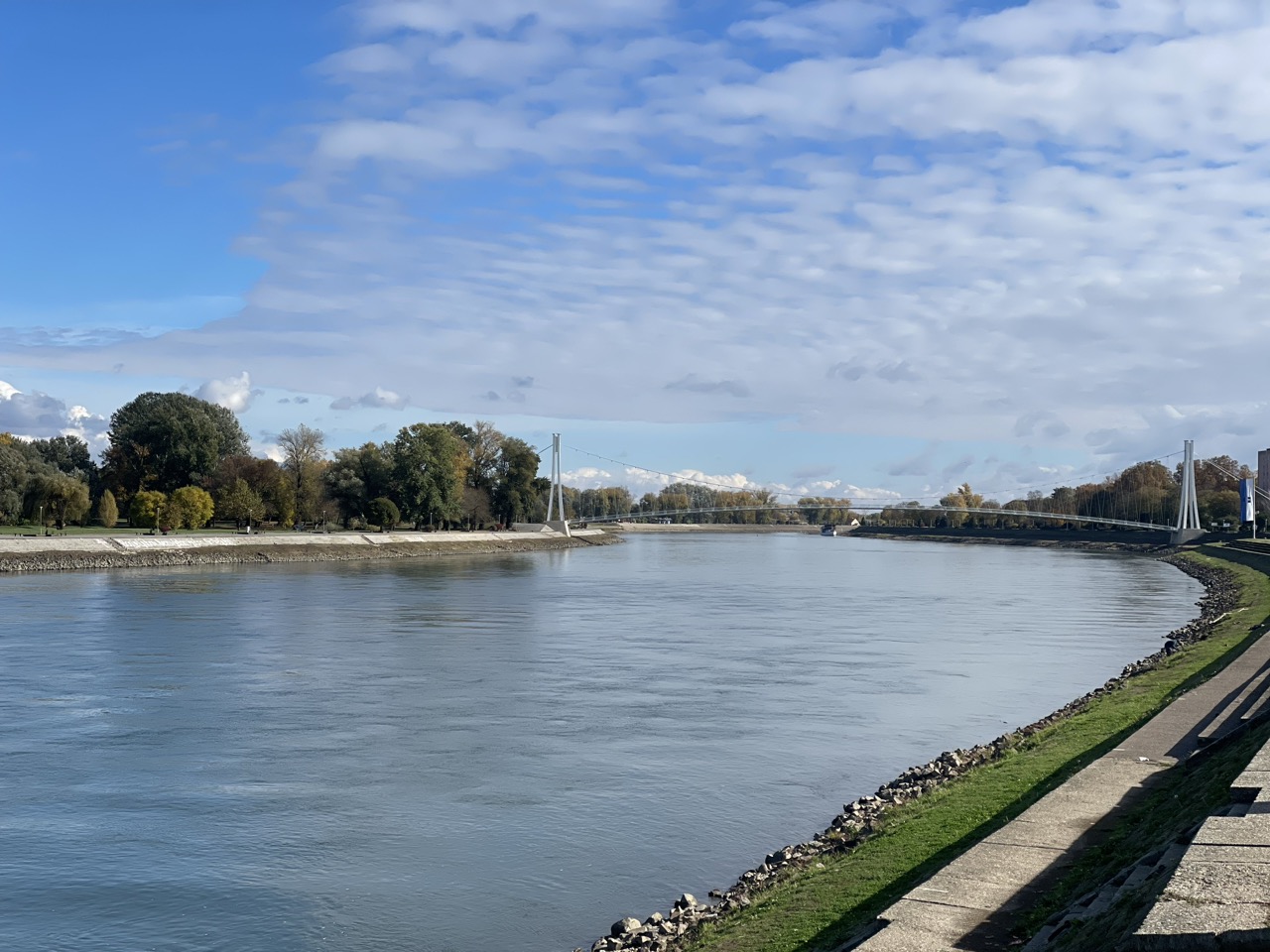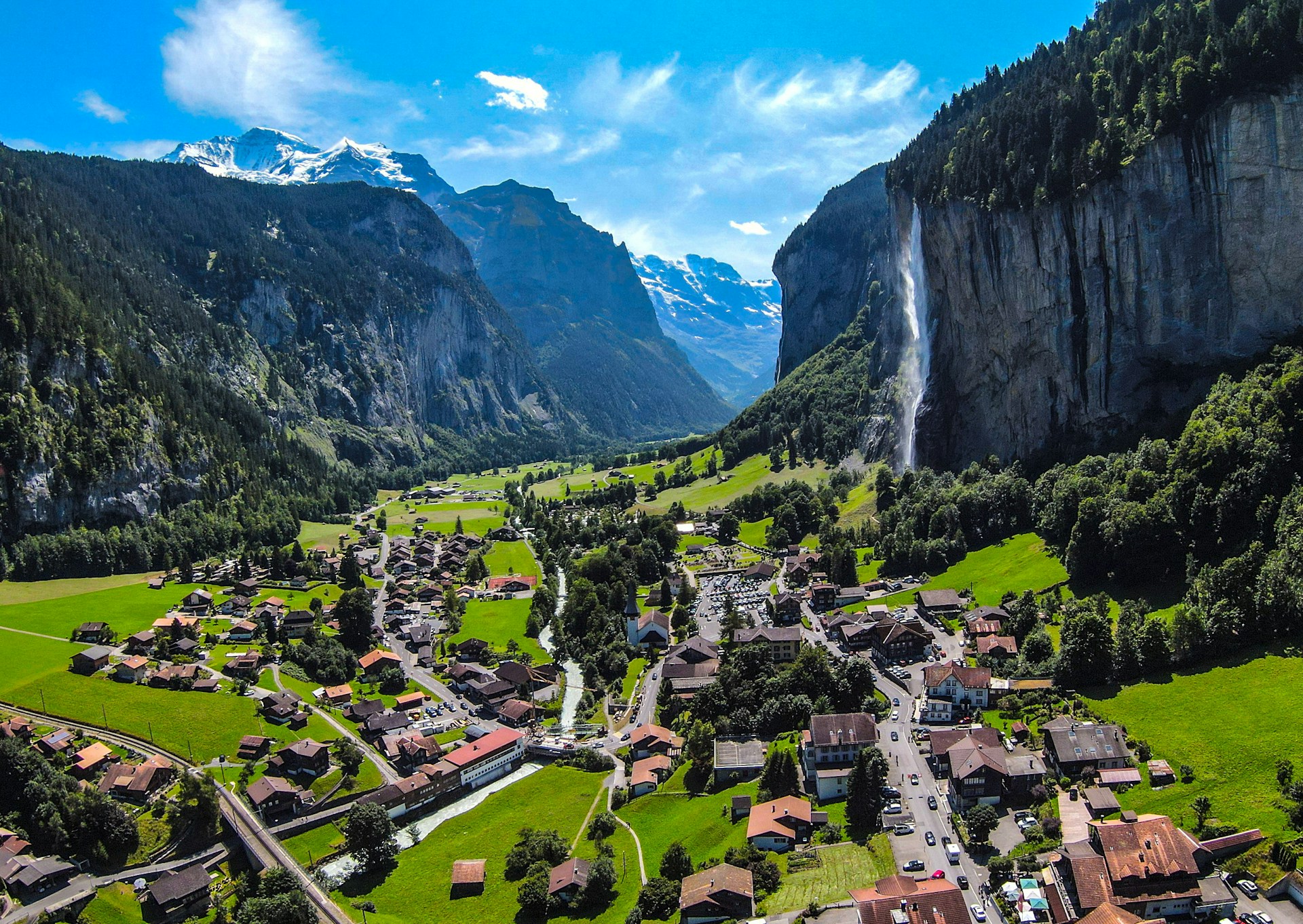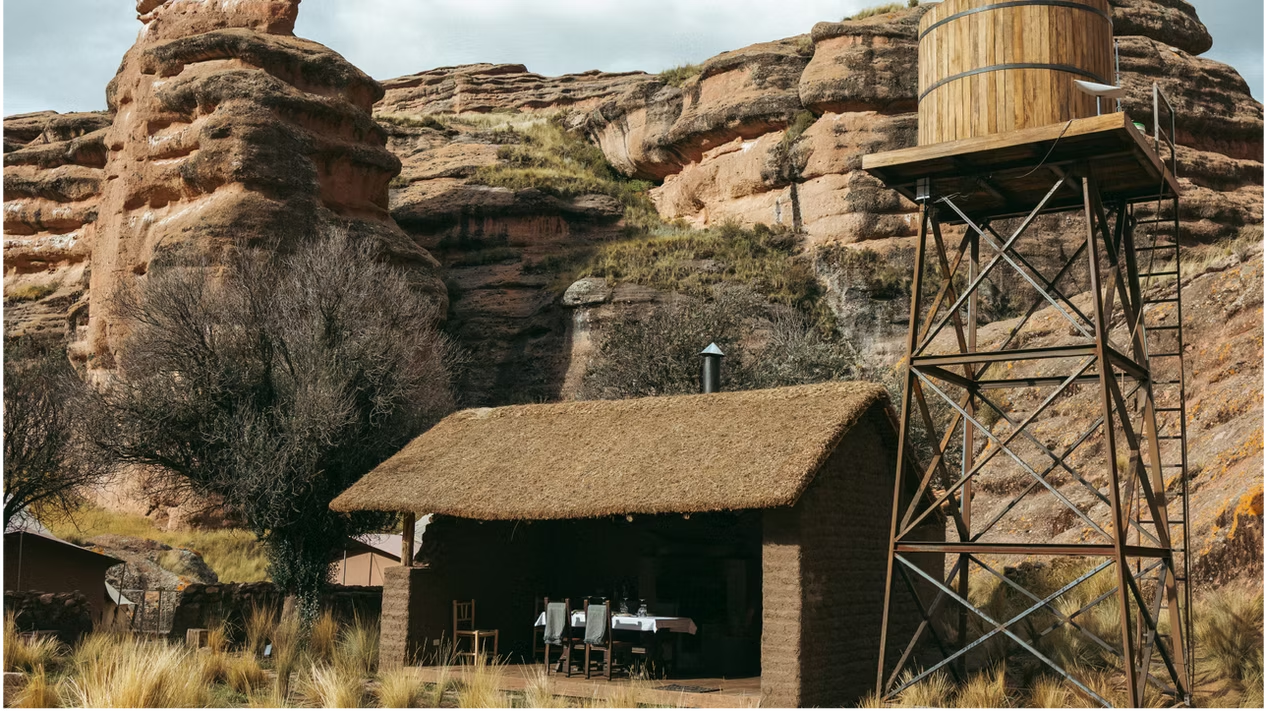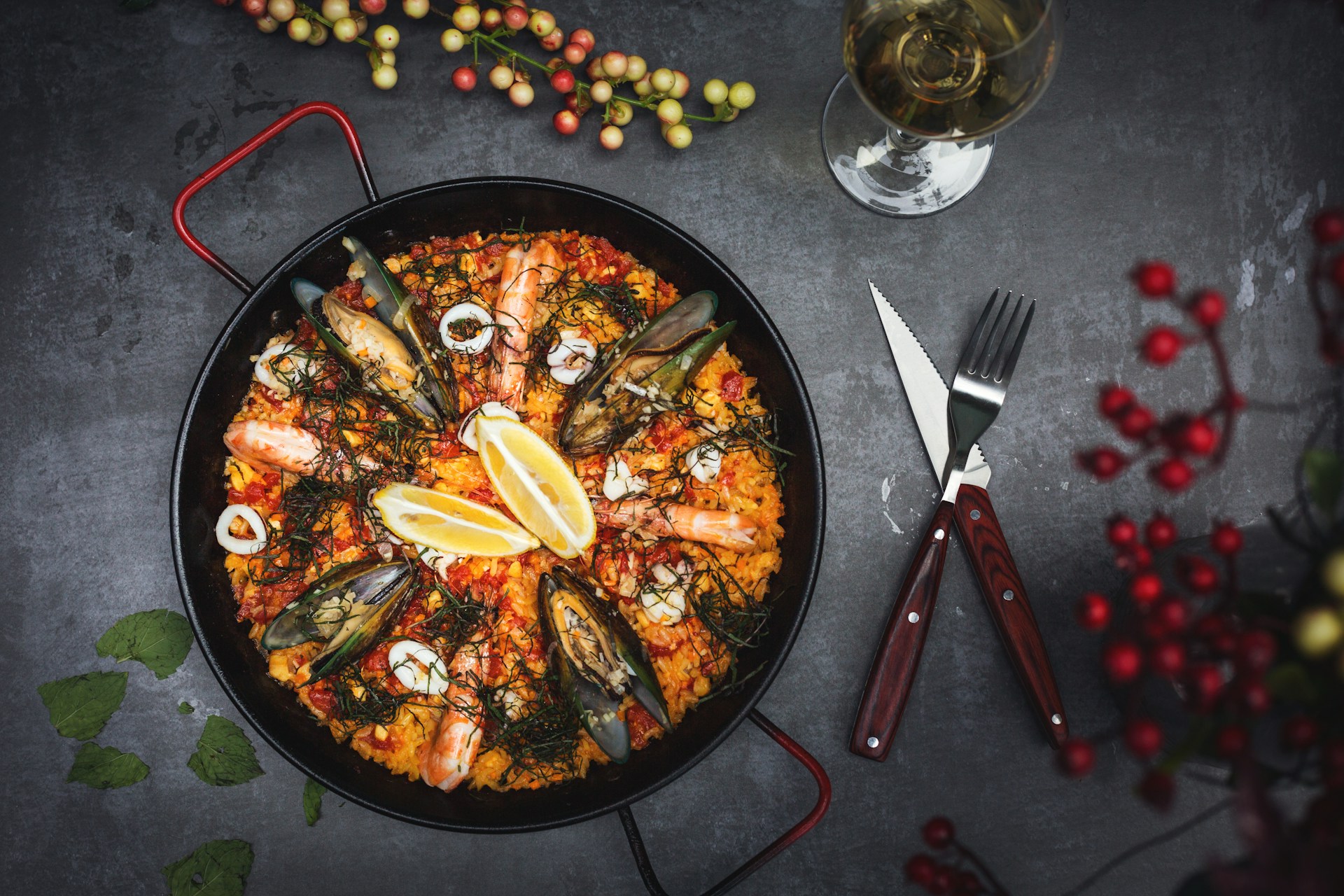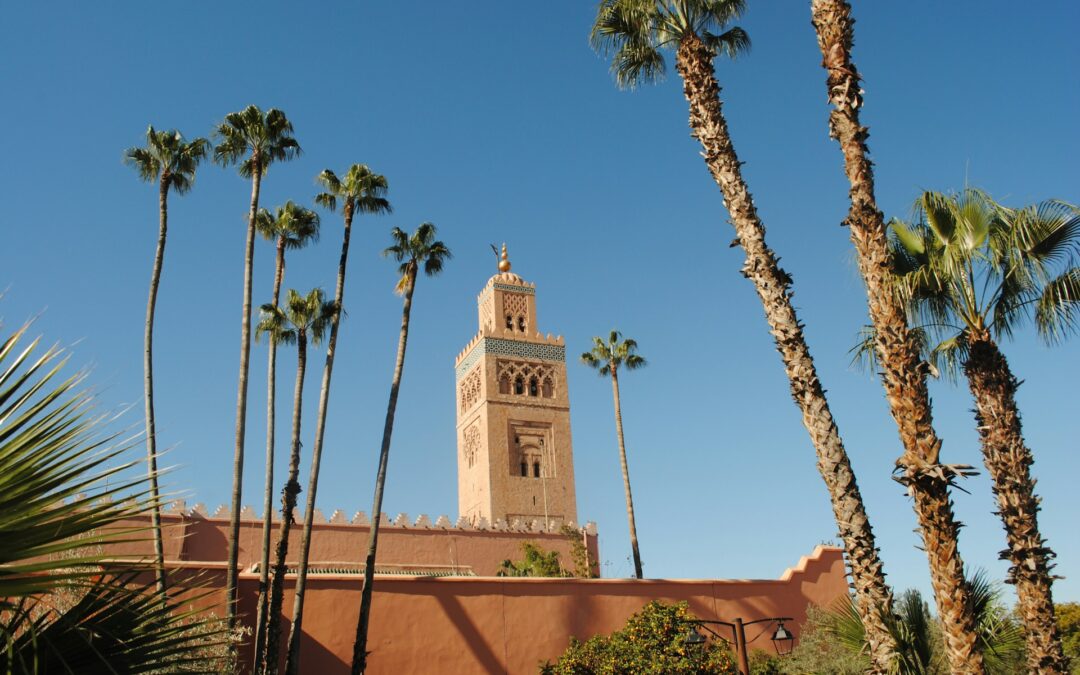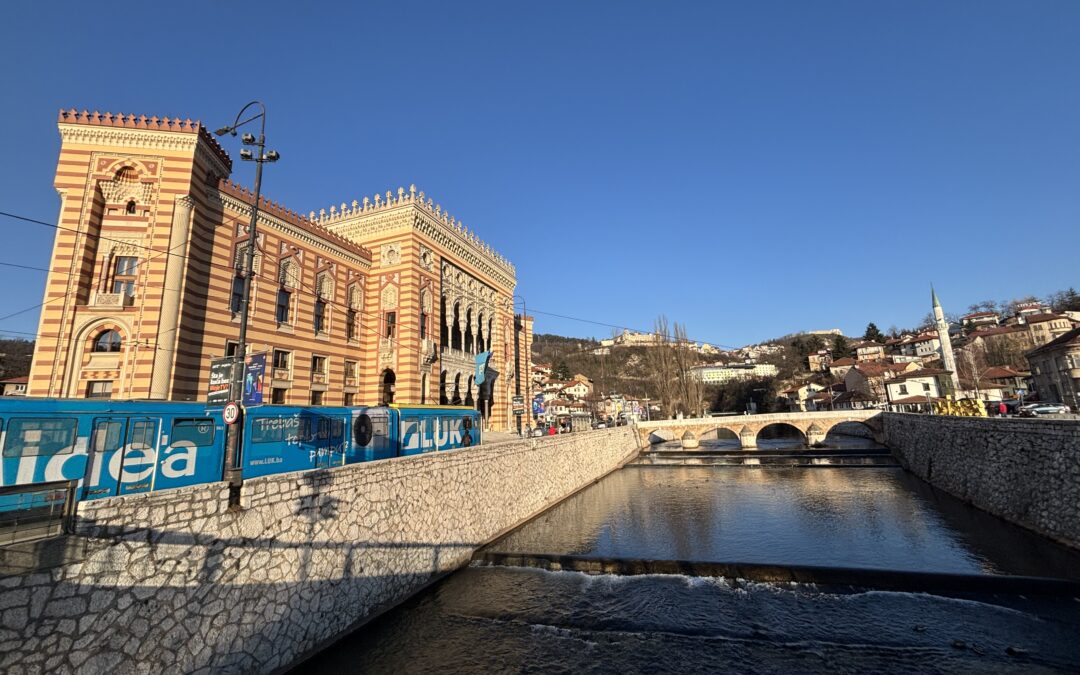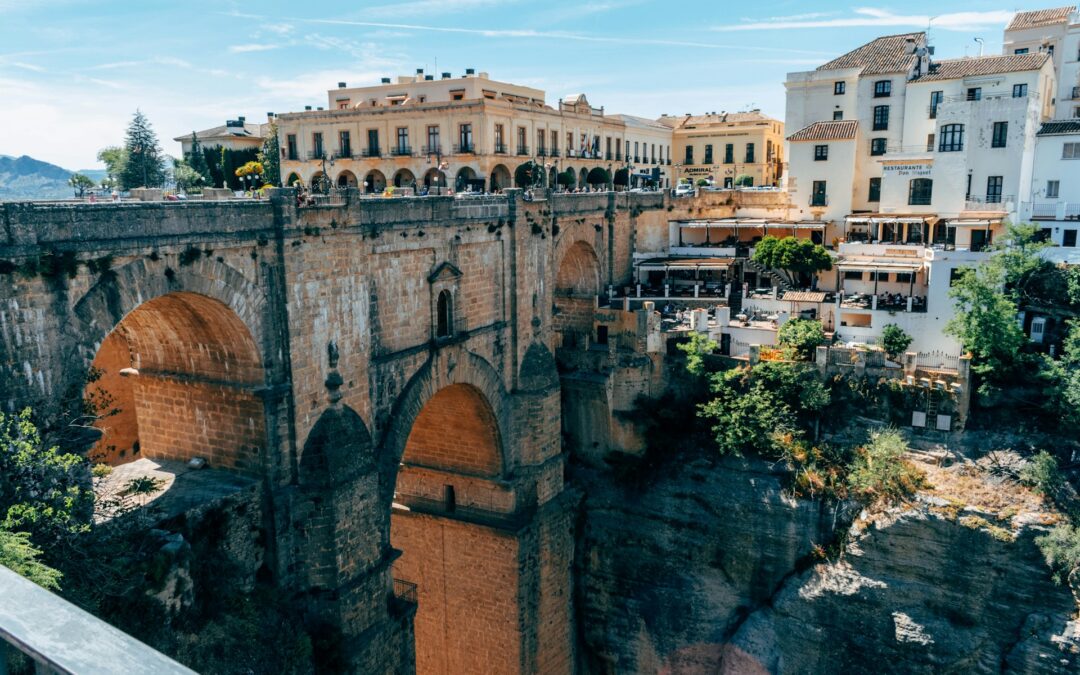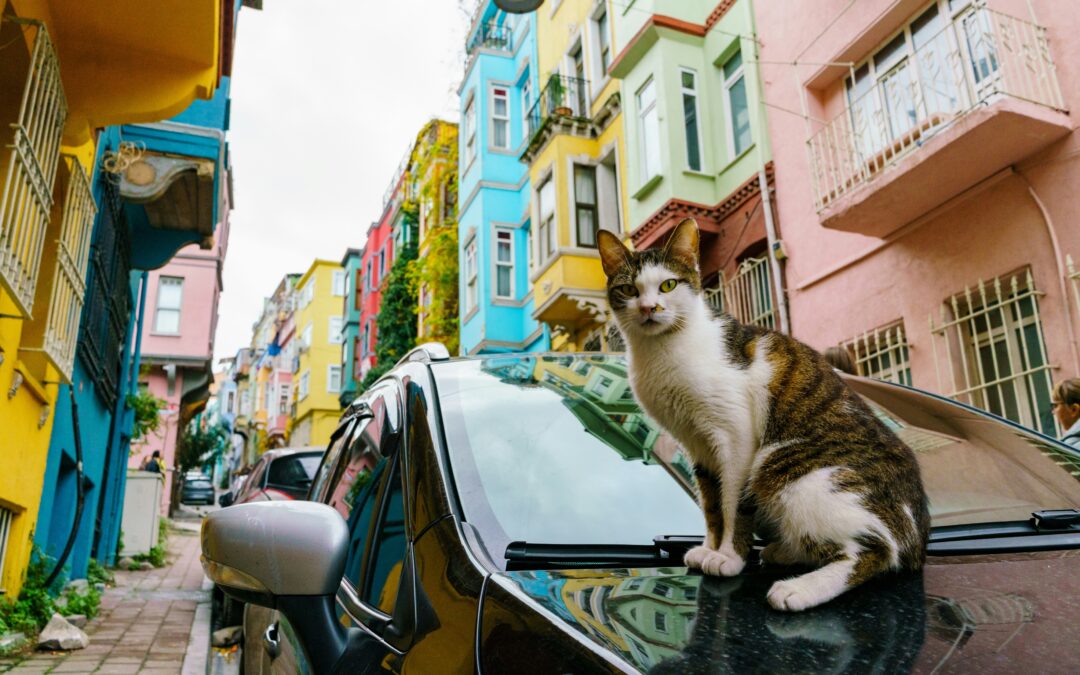It may sound like a travel cliché, but Cozumel really does have it all – turquoise waters, a laid-back atmosphere, affordable excursions, and the irresistible feeling that you’ve managed to escape the crowds, if only for a while. And all this is just a 30–40 minute ferry ride from the heart of Playa del Carmen.
From the very first moment, the island swept us off our feet. Not only because we got to swim with sea turtles at a price that seemed almost unreal, but also because of the freedom of cycling along the coast, the relaxed rhythm of daily life, and the locals who don’t feel the need to be overly accommodating for you to fall in love with them.

A Swallow’s island with a legendary backstory
Cozumel, which in Mayan means “Island of Swallows,” lies off the eastern coast of Mexico’s Yucatán Peninsula and has been significant to visitors for millennia. Ancient Mayan pilgrims once traveled here to worship Ixchel, the goddess of fertility, while today’s travelers arrive in search of coral reefs, beaches, and natural beauty.
For centuries the island remained relatively untouched, until 1961, when legendary ocean explorer Jacques Cousteau declared it one of the most beautiful diving spots in the world. That single statement put Cozumel on the global travel map – and it has remained a diver’s paradise ever since.



What awaits you on Cozumel
Today the island offers a mix of past and present: Mayan temple ruins such as San Gervasio hidden deep in the jungle, lively San Miguel (the main town) with its colonial architecture and colorful murals, the underwater wonders of Chankanaab National Park, and the iconic Punta Sur lighthouse overlooking the wild Caribbean coastline.
Cozumel is not just for divers – it’s a playground for cyclists, nature enthusiasts, and anyone looking for something more authentic than just lying on the beach. And yes, divers will be thrilled to know that Cozumel sits on the Mesoamerican Barrier Reef, the world’s second-largest reef system after Australia’s Great Barrier Reef. Stretching from the Yucatán down to Honduras, this reef makes Cozumel one of the top global spots for diving and snorkeling, with crystal-clear waters and a wealth of marine life.



Getting there: Easy, unforgettable, and affordable
Cozumel is the largest Mexican island in the Caribbean Sea. To get there, simply hop on a ferry from Playa del Carmen. Several operators (such as Ultramar and Winjet) run daily departures every hour or so, with the ride taking about 35–40 minutes. A round-trip ticket currently costs around $20–25 USD (approx. €18–23) – and the moment you set foot on the island, you’ll know it was worth every cent.
The vibe changes the second you arrive: no rush, no chaos, just palm trees swaying in the sea breeze. It feels like hitting the reset button.
Exploring the island by bike – The best decision we made
Right at the ferry dock, we rented bicycles – and it turned out to be the best decision of the day. Cozumel is big enough to stay exciting but small enough to explore comfortably by bike without collapsing afterward. The roads are calm, with little traffic, and many sections run right alongside the sea. Around every bend, a new postcard view awaited.



Cycling became our moving meditation – though with plenty of sweating involved. We had no set plan, just the freedom to stop wherever we felt like it: at a beach shack for a cold drink, on a quiet patch of sand to dip our feet in the water, or just to stare out at the endless Caribbean blue.
We passed lizards sunbathing, locals zipping by on scooters, and tiny cafés serving fresh fish sizzling on open grills. Cozumel doesn’t pressure you to “do it all” – it invites you to slow down. And we happily accepted.
Swimming with sea turtles – for just €10? Yes, it really happened.
Travelers are often skeptical of offers that seem too cheap to be true. So were we, when a street vendor offered a turtle snorkeling tour for about €10 per person ($11 USD). But curiosity got the better of us, and we decided to risk it.
We boarded a small boat with a handful of other travelers and headed out to sea. The ride took about 40 minutes, and the further we got from the coast, the more surreal the water became – shades of turquoise and blue that looked Photoshopped.
At the snorkeling spot, the sea was so clear it looked like a set for a mineral water commercial. Then came the magic: turtles and stingrays gliding gracefully around us, unbothered by human presence. Some areas were shallow enough to stand, others required floating, but the whole experience felt like stepping into another world.
The guides provided masks, snorkels, and life vests, and knew exactly where to lead us so we wouldn’t miss the highlights. Floating in the Caribbean, face-to-face with turtles, was beyond incredible. It felt less like a tourist attraction and more like being a silent guest in their daily routine.

Playa del Carmen vs. Cozumel – A perfect balance
Most visitors to the Riviera Maya base themselves in Playa del Carmen. And yes, it has its charm – beach clubs, nightlife, shopping, and constant buzz. But if you need a break from the non-stop energy, Cozumel is your reset button.
Here, there are fewer tourists, calmer beaches, friendlier prices, and a more authentic local vibe. You won’t find pushy waiters or endless “happy hour” signs. Instead, you can actually lift your eyes from your phone and soak in where you are.
On Cozumel, everything moves slower. But that’s not a drawback – it’s the whole point.
Why you should put Cozumel on your winter travel list
While much of Europe shivers through the cold season, Cozumel enjoys warm Caribbean weather year-round. Winter months (December to February) are especially perfect: sunny days, mild evenings, and ideal snorkeling and cycling conditions without the oppressive summer humidity.
When we return to Mexico – and we definitely will – Cozumel will be on our itinerary again. Maybe we’ll rent bikes once more. Maybe we’ll dive in with the turtles again. Or maybe we’ll just sit by the shore with a fresh coconut in hand and let the island work its slow, healing magic all over again.
Because Cozumel isn’t just a destination – it’s a reminder that sometimes, slowing down is the best adventure of all.

